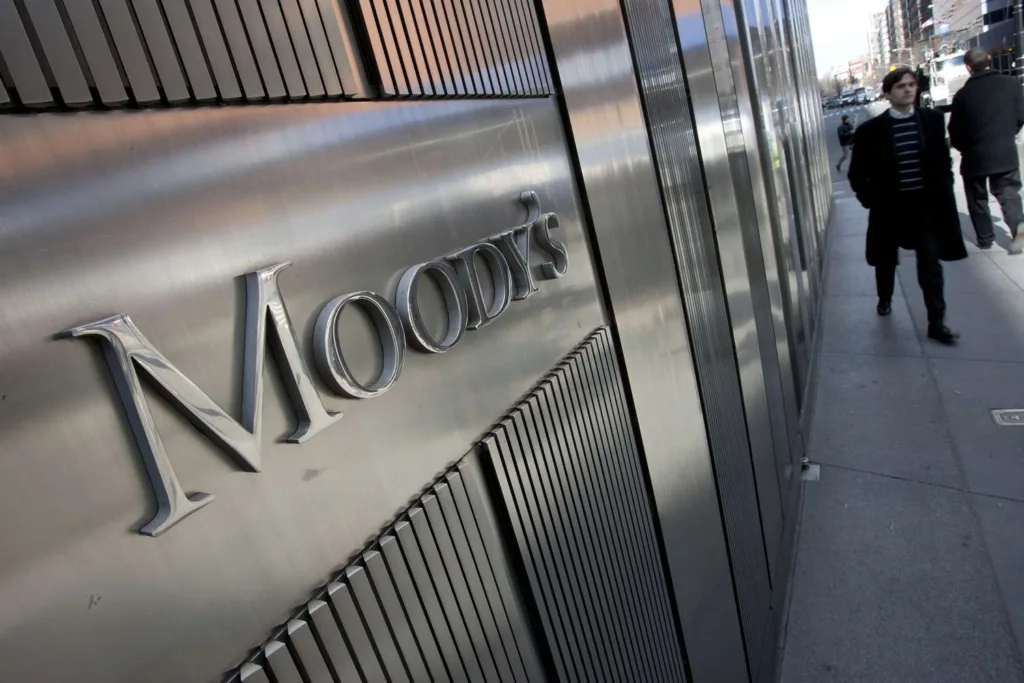Moody’s sparks financial fireworks! US credit rating outlook goes negative. Political drama, budget battles, and market jitters. Get the scoop now!
Table of Contents
In a plot twist that could rival a blockbuster thriller, Moody’s Investors Service signaled trouble for the U.S. as it leans towards downgrading the nation’s credit rating. Buckle up for a wild financial ride!
Moody’s Red Flag: US Credit rating Outlook Goes Negative
Hold on to your hats, folks! Moody’s, the financial fortune-teller, decided to shake things up by changing the U.S. credit-rating outlook to negative. While the nation’s Aaa rating remains intact (for now), the ominous shift is due to wider budget deficits and the ongoing political tug-of-war.
In a candid interview, William Foster, a senior credit officer at Moody’s, spilled the tea on the new financial reality. With interest rates on the rise and deficits soaring to 6% of GDP, the U.S. is in for a bumpy fiscal ride. Moody’s warns that unless Uncle Sam tightens the purse strings or finds a money tree, debt affordability will take a nosedive.
Moody’s vs. the Credit Titans
Moody’s, standing as the lone ranger with a top rating, throws shade at its counterparts. Fitch Ratings already downgraded the U.S. in August after a debt-ceiling showdown. Remember 2011? S&P Global Ratings stripped the U.S. of its top score during the debt-limit crisis. Now, Moody’s joins the party, keeping the financial world on edge.
The new negative outlook isn’t just a gloomy cloud but covers the looming threat of another government shutdown. Congress, are you paying attention?
The Numbers Game: Treasury Yields and Deficits
Numbers don’t lie, and neither does Moody’s. Long-term Treasury yields are doing the cha-cha to the highest levels in 16 years. Analysts point fingers at the rising debt as a culprit. Brace yourselves: the deficit doubled to a whopping $2 trillion in the latest fiscal year.
Moody’s crystal ball projects federal interest payments to skyrocket to 26% relative to revenue and 4.5% of GDP by 2033. The culprit? Higher-for-longer interest rates, with a peak at around 4.5% in 2024.
The Ripple Effect and a Gathering Storm
The Moody’s bombshell couldn’t have come at a more awkward time. As the U.S. gears up to host Pacific Rim leaders in San Francisco, it’s like hosting a party while the house is on fire. President Biden and Chinese President Xi Jinping are set for a one-on-one, adding more drama to the financial theater.
In response, the White House blames congressional Republican extremism, while Deputy Treasury Secretary Wally Adeyemo insists the economy remains robust. The market, however, seems to have its own opinion, with Treasury note futures taking a dip and yields playing hopscotch.

